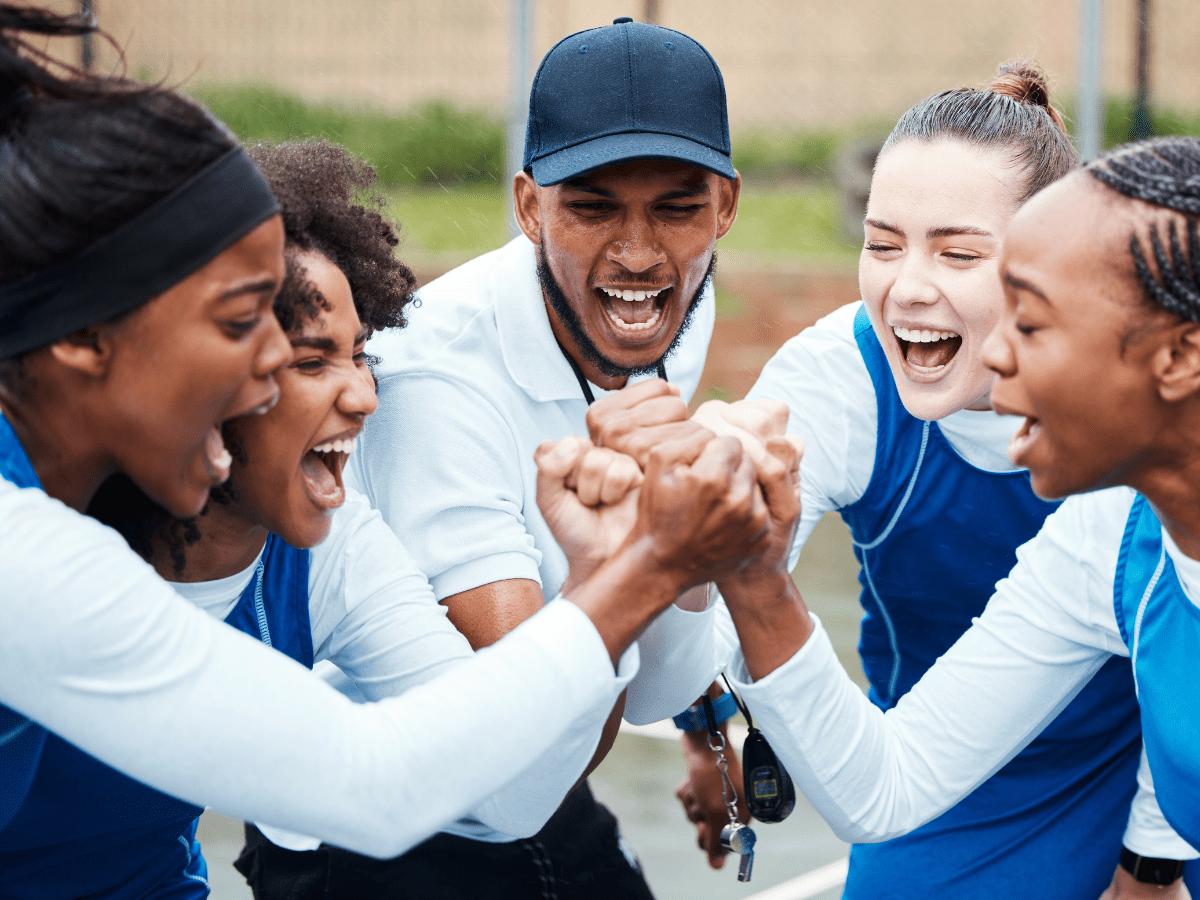
No two athletes are the same. Most athletes have their own ways of approaching practice and competition. As a coach, to get the best out of your athlete you have to get to know them as individuals and as athletes. To do this you have to understand what gets them motivated, their learning style and their feedback preferences. Most athletes are interested in developing their abilities, as athletes and as individuals. It is important to recognize that there are certain general traits and tendencies that may differentiate males and females that can be useful tools to engage your athletes.
In terms of psychology, males tend to be more analytical, linear and logical in processing information. They tend to understand and process things by building systems to explain. Generally, they prefer information to be presented in a fact oriented and objective manner. Females tend to like the whole picture meaning they like to understand why they are performing certain task and what they are achieving by doing so. Females are more likely to use both sides of their brain while boys use one side. For girls it is best when information is presented in a larger context.
Males tend to react by jumping into action while females tend to react on an emotional level. How you communicate between genders can make a difference in how your message is received. Females are more interested in how you say things as opposed to what you say. The tone of your voice and body language is more important to females than the words you are conveying to the team. When you criticize a male’s team they tend to think you are criticizing someone else on the team, in contrast, females tend to internalize or personalize criticism. Females also worry more what others will think of them, thus when communicating your message never single a girl out in front of their peers. Boys enjoy being praised and are likely to take criticism a little better than girls.
During competition, males tend to be more individualistic as opposed to females who prefer a more cooperative style. Boys value individual accomplishment over the team while girls prefer team success to individual accomplishments. Boys want to be the “alpha males” on the team, which can sometimes hurt the team as a unit. Since girls want to fit in, they can sometimes sacrifice their individual talents in preference to being accepted by their peers.
In the context of approaching competition and practice, Kathleen J. DeBoer’s article, “Practice Like a Girl, Compete Like Boy,” best explains what coaches need to consider in developing the full athlete. Boys are very competitive so the technical aspect of a sport can be hard to teach. Females sometimes have a hard time competing with their peers thus they are good technical athletes but may lack the competitive edge. Coaches tend to make girls practices more on the technical side and place less emphasize on the competitive aspect. Boys’ practices are more of a competition and less technical. But in order to develop the full athlete, coaches should also work on weaknesses that exist between genders.
General trends between boys and girls teams:
- Intense motivational approach for boys vs. a democratic approach for girls
- Focus on the individual for boys vs. focus on the relationship among the players for girls
- Encouragement for the girls is required and not always expected from the boys
- More interaction between coach and players on a girl’s team vs. a more distance relationship between coach and players on a boy’s team.
Coaching is more than running practices and creating game strategies. It is also about developing athletes by motivating and getting the best out of them. Understanding general tendencies and traits that exist between male and female athletes are one way to help develop the full athlete. These generalizations can also help a coach in knowing their athlete as a player and as an individual.
References from the SIRC Collection:
1. Blom L, Abrell L, Wilson M, Lape J, Halbrook M, Judge L. Working with Male Athletes: The Experiences of U.S. Female Head Coaches. ICHPER — SD Journal Of Research In Health, Physical Education, Recreation, Sport & Dance. Summer2011 2011;6(1):54-61.
2. Hull N. Gender Differences and Coaching Dynamics: Three Takes. Soccer Journal. November 2010;55(7):28-32.
3. Levine J. Coaching Females: Soccer and Girls’ Self-Esteem. Soccer Journal. November 2011;56(7):36.
4. Millard L. Differences in coaching behaviors of male and female high school soccer coaches. Journal Of Sport Behavior. January 1996;19(1):19.
5. Shoulberg D, Hannula D, Curley M. Developing Winning Attitudes In High School Swimmers. World Clinic Series. January 2008;40:371-376.
6. Wood K, Lynn A. Coaching Girls: Effectively Enabling the Transition from Talented Age Group to Performance Senior. Canadian Journal For Women In Coaching. January 2012;12(1):1-7.